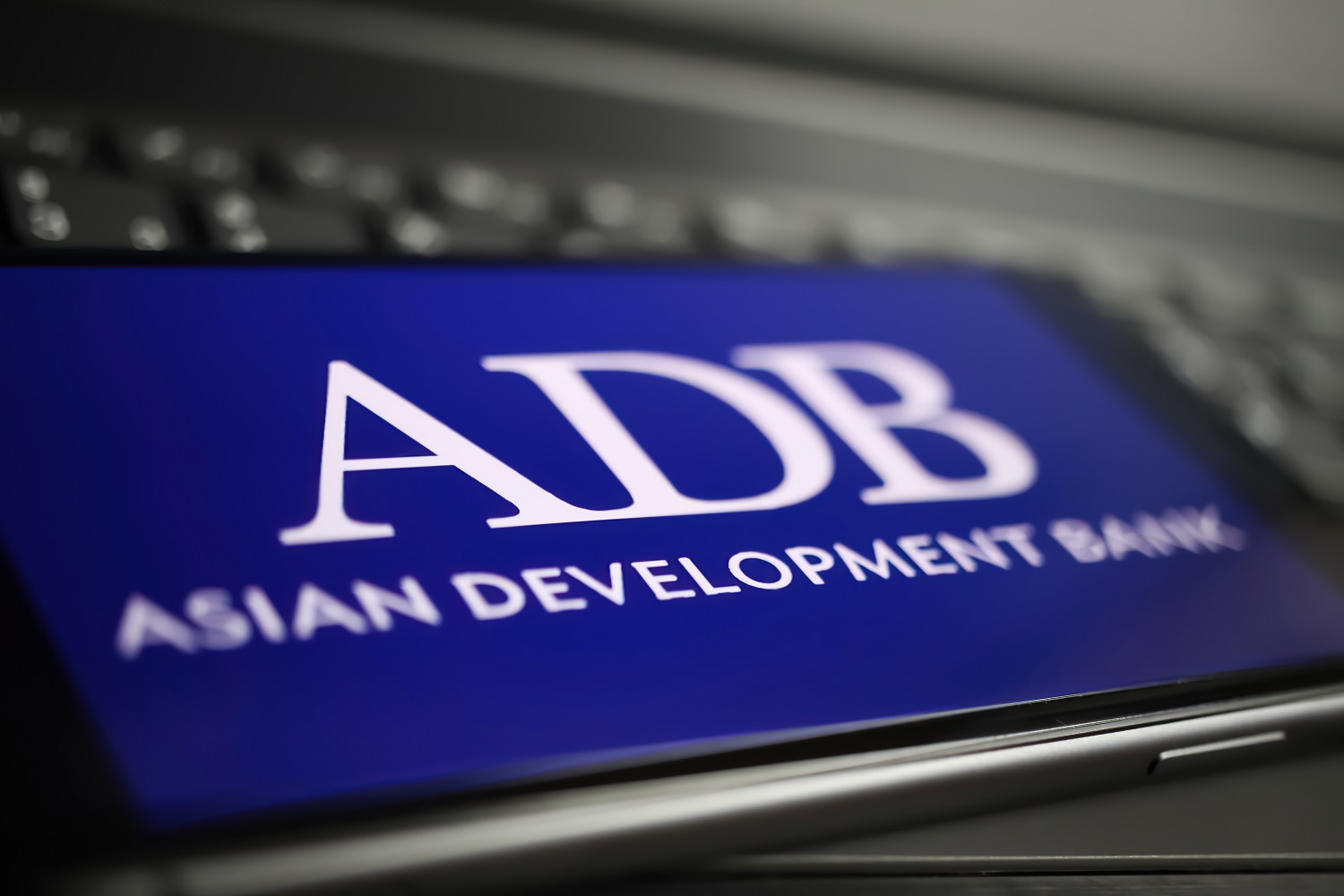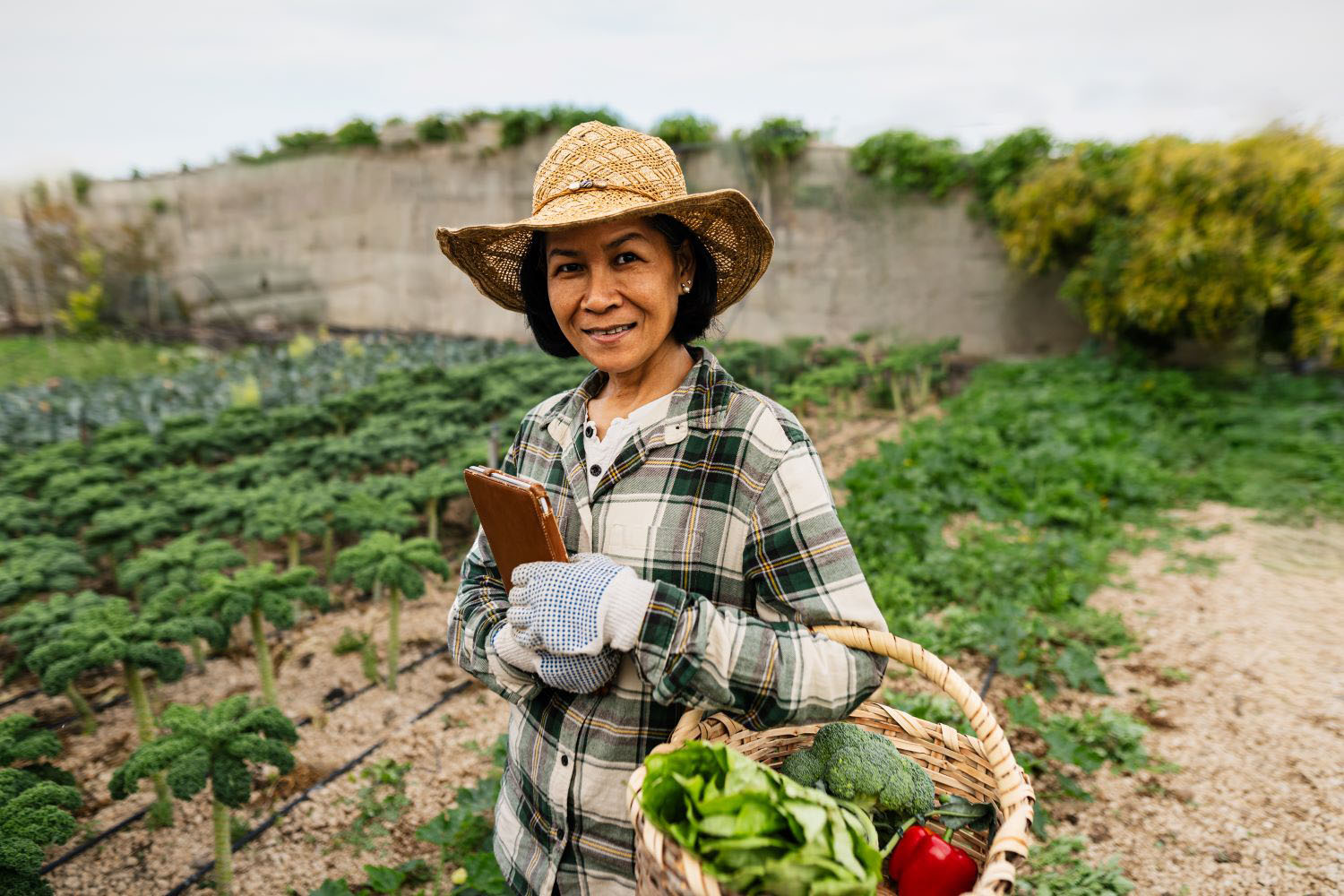Recommended
This article was originally published in UNDP Pakistan’s Development Advocate Pakistan journal, "Justice for All", Vol. 10, Issue 1, April 2023.
The tide is turning: the economic recovery in the Asia-Pacific region is picking up steam. The latest forecasts from the IMF suggest that economic growth in the region’s developing and emerging countries will rise from 4.4 percent in 2022 to 5.3 and 5.1 percent in the current and following year. The region is unique in its growth improvement and boasts the fastest expansion worldwide. China and India alone are set to fuel half of the world’s growth.
Yet beneath this veneer of progress lies an incomplete, uneven recovery riddled with looming risks. China's resurgence may skew the regional average, but most countries brace for slower growth in 2023. The recovery has yet to compensate for lost output over earlier years and several downside risks persist: China's revival may falter, inflation could bring surprises, the Ukraine conflict might intensify further, and financial markets could suddenly reevaluate risks with dire consequences.
An even larger view reveals a deep, ongoing crisis that continues to engulf the region: not merely a macro-financial crisis as in some countries, but a slow-burning development crisis that is widening the gap between the reality of where we are and the counterfactual ambition of where we want to be.
This is evidenced by the fact that the region is not on track for achieving any of the SDGs, with current projections pushing completion well beyond 2065. While COVID-19 and conflict in Ukraine have dealt severe blows, the region’s development challenges pre-date the pandemic, with climate change, demographic shifts, slower globalization, and disruptive technological trends erecting new barriers.
Asia-Pacific's predicament embodies that of the polycrisis: a cocktail of disruptive forces, where the mix is more dangerous than the sum of its ingredients (consumed sequentially). The concept is not new, but its modern manifestation is special in that it is marked by a rapidly shrinking gap between systemic trends and the daily lives of people. This has been demonstrated very vividly by the pandemic and the cost-of-living crisis and is consistent with the finding of UNDP's 2022 Special Report on Human Security that more than 6 in 7 people worldwide feel insecure.
Blaming lackluster development momentum on disruptive shocks and trends, many external, as if they were untouchable forces impervious to policy intervention, would be an oversimplification that conveniently absolves policymakers of responsibility. Rather the opposite is true: the polycrisis is in essence a crisis of political will. We have faltered in predicting, preventing, and adeptly addressing the crisis, wasting the opportunity to transform its challenges into invaluable opportunities.
Against this backdrop, four priorities emerge as we look into the future:
First, unlock the vast untapped potential for innovation. Key enablers of innovation encompass robust access to talent, cutting-edge technology, and financial resources. However, to fully utilize these enabling assets, we must ignite the engine of innovation: competition. This requires embracing exposure to internal and external competition, which both are crucial for motivating stakeholders to create innovative products, discover new solutions, and explore new markets.
However, the region's complex interplay between business and politics presents significant challenges to the innovation agenda. Addressing issues related to entrenched market power and suppressed competition is vital for enabling companies, employees, and governments to tackle multifaceted crises more effectively and with greater agility. The polycrisis adds complexity but also urgency to the need for reform. Standing still is an option, but not a very good one.
Second, alongside competitive economies, build compassionate societies. The tangled web of risks due to the polycrisis can strangle human development, hitting the most vulnerable hardest and magnifying existing inequalities. Greater competition may support innovation and the competitiveness of economies, but may also augment human insecurity. To combat this, we must weave innovation and inclusion into a seamless tapestry.
Since technological advancements can widen inequalities, we should encourage the active participation of diverse segments of society in the innovation process by bridging skill gaps through education and training initiatives. It is also crucial to ensure that the benefits of innovation are equitably distributed, leaving no one behind as we strive for progress.
Third, reimagine the concept of inclusive growth. Traditional growth-with-equity models falter in the face of structural exclusion affecting vast population segments. The belief that growth will trickle down to benefit all has led to social protection measures as mere afterthoughts. Instead, we must boldly embrace “inclusive development”.
Inclusion needs to infuse every aspect of our actions, guaranteeing the full participation of vulnerable or excluded groups in the economic, social, and political arenas. This approach is vital for sustained development. By championing transformative economic and social justice, we can ensure equal access to healthcare, education, social protection, dignified living and working conditions, political participation, transparent decision-making processes, and opportunities for everyone.
Fourth, double down on implementation. Pinpointing bottlenecks and crafting policy solutions is just the beginning; the true challenge lies in effectively implementing these solutions, where "effective" signifies continuous and consistent execution of appropriate policies. As we look to the future, intensifying our focus on implementation is crucial. This is arguably the single most important recommendation in terms of expected development bang-for-buck.
To achieve this, we must devise strategies that snap the equilibrium of the status quo. This involves motivating key decision-makers to become changemakers for the common good, urging them to seize the crisis (“never squander a crisis”, let alone a polycrisis!) and acknowledge that fostering opportunity for all enhances legitimacy. Simultaneously, we must collaborate with civil society to cultivate a demand for effective leadership and governance to ensure no one gets or is left behind. Ultimately, we must champion a forward-thinking approach to policymaking, balancing aspiration and pragmatism, all the while keeping our sights on the ever-changing landscape of tomorrow.
Pursuing economic justice is not only a moral imperative but also essential for achieving the Sustainable Development Goals, where a glaring gap remains between our aspirations and actual progress. Improvement is both necessary and achievable, as even in the more difficult environment of the polycrisis lies hope and opportunity for change. However, to get development back on track, we need a heightened emphasis on building competitive economies and nurturing compassionate societies. We also need a fundamental reevaluation of structural exclusion and an unrelenting focus on the political economy of reform.
Disclaimer
CGD blog posts reflect the views of the authors, drawing on prior research and experience in their areas of expertise. CGD is a nonpartisan, independent organization and does not take institutional positions.
Image credit for social media/web: Adobe Stock






